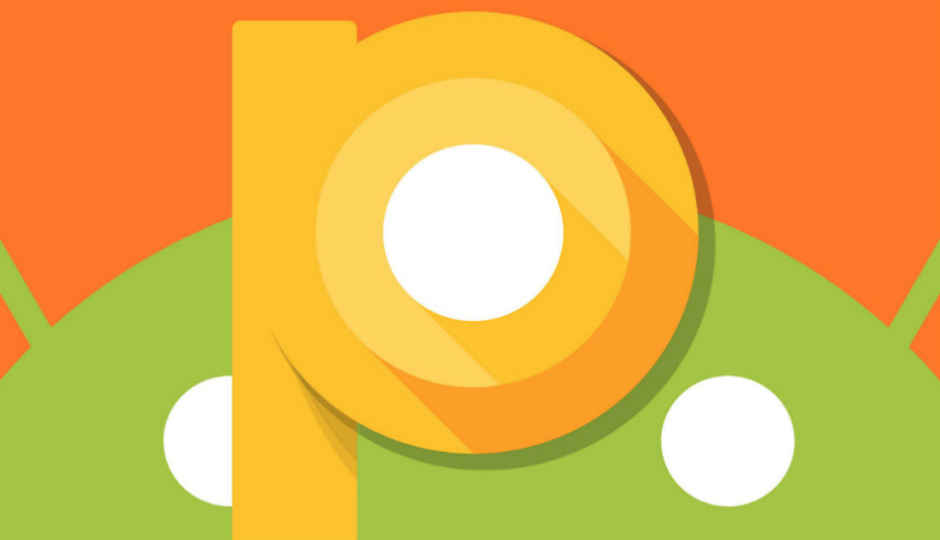Android P may have native gesture controls similar to iPhone X

This move will seemingly allow OEMs to remove physical buttons and rely on touch and gesture-based inputs.
Google's latest iteration of the world's most popular mobile-based operating software, Android P, will reportedly come with gesture controls. These gesture controls will be similar to what Apple equipped its present flagship, the iPhone X with. While gesture-based controls are not exactly new to the Android platform and have been around via OEM-specific ROMs, having native gesture-based controls on the Android platform will allow more smartphone makers to take advantage of it and have easier integration of the feature on to the phones.
Apple's introduction of the iPhone X meant finding a necessary replacement of the long-standing Home button – the single circular physical button that has been ever-present on iPhones ever since they were launched. Apple shifted to a touch-based haptic engine replacing the physical button from the iPhone 7 generation of devices, and with the iPhone X, had to completely do away with it as the fully bezel-less smartphone does not allow space for integrating a physical button. As a result, the company has designed gesture-based controls to carry out all the functions that an iPhone's Home button was previously tasked with – accessing recently used apps, switching between screens, returning to home screen and more.
It is important to note that the likes of Oppo and OnePlus have already introduced similar gesture-based controls to their Android devices based on Android Oreo itself. However, these are not native Android features, and are part of the companies' customised interfaces on their devices. The native integration of the gesture-based controls may mean that Google's own smartphones – the Pixel 3, may be a fully bezel-less smartphone that would not include any physical or on-screen keys on the front, and instead rely on specific touch and gesture-based controls to navigate the device. Reports also state that the on-screen back and multitask buttons, as seen on the present generation Android devices, will be hidden in general when the gesture controls are enabled, hinting at Google's Android division looking at a completely button-less main screen experience. The same feature may also make it to future Android One devices, as most smartphones across the world are switching to wide-aspect ratio, bleeding edge displays.
Those interested in catching a glimpse of how the next generation of Android will look like, will need to grab hold of a Pixel phone and switch to the developer preview of Android P. The mainstream release for worldwide users, however, will come later this year, before which we shall also go through the episode of what Android 'P' will stand for. With the recent release of Google's own wallpapers, many have come to speculate if Android P would actually stand for 'Popsicle'. Confirmations, however, are still some time away.
Digit NewsDesk
Digit News Desk writes news stories across a range of topics. Getting you news updates on the latest in the world of tech. View Full Profile




